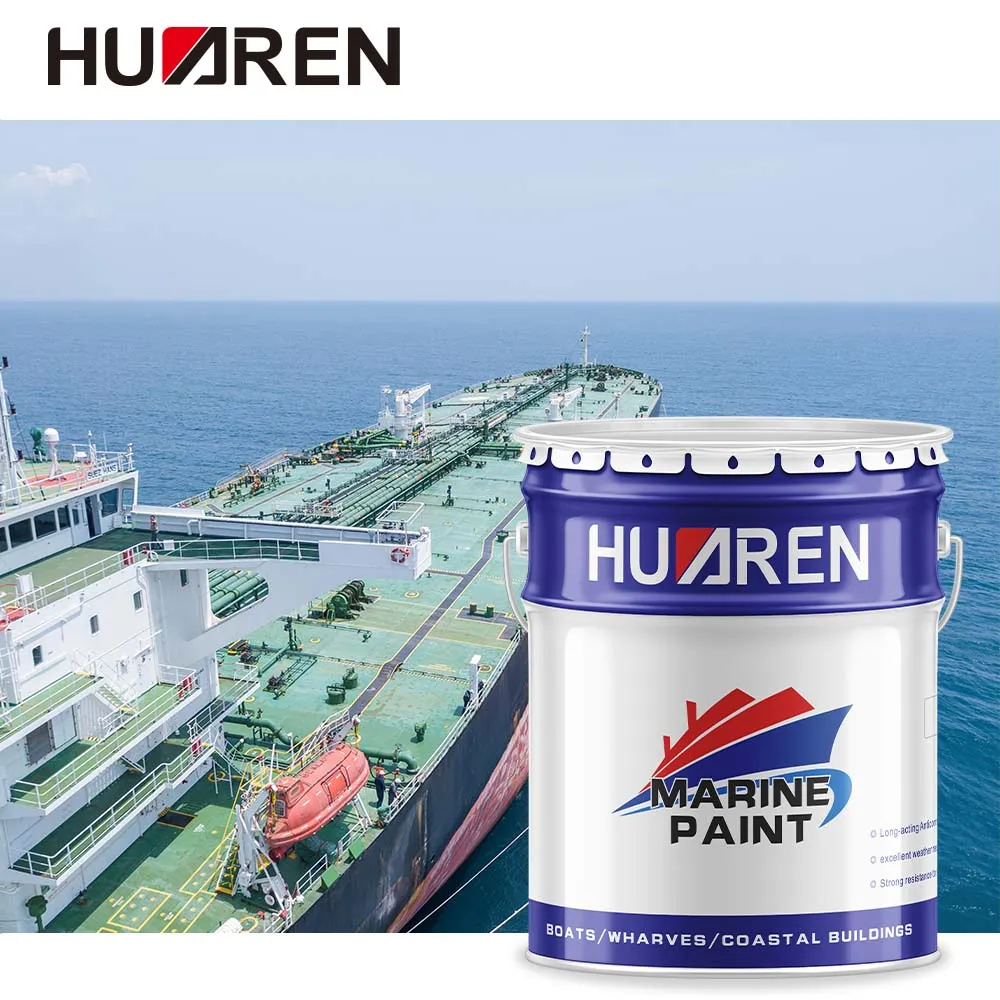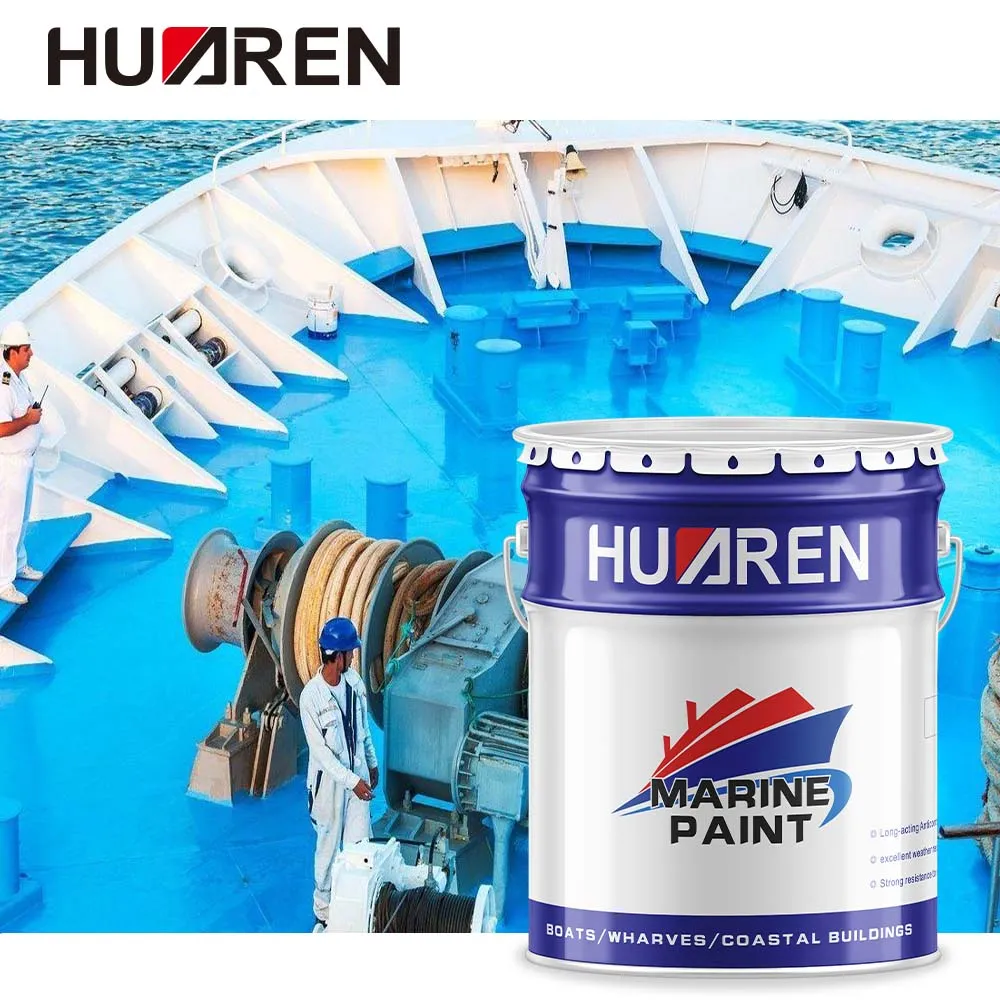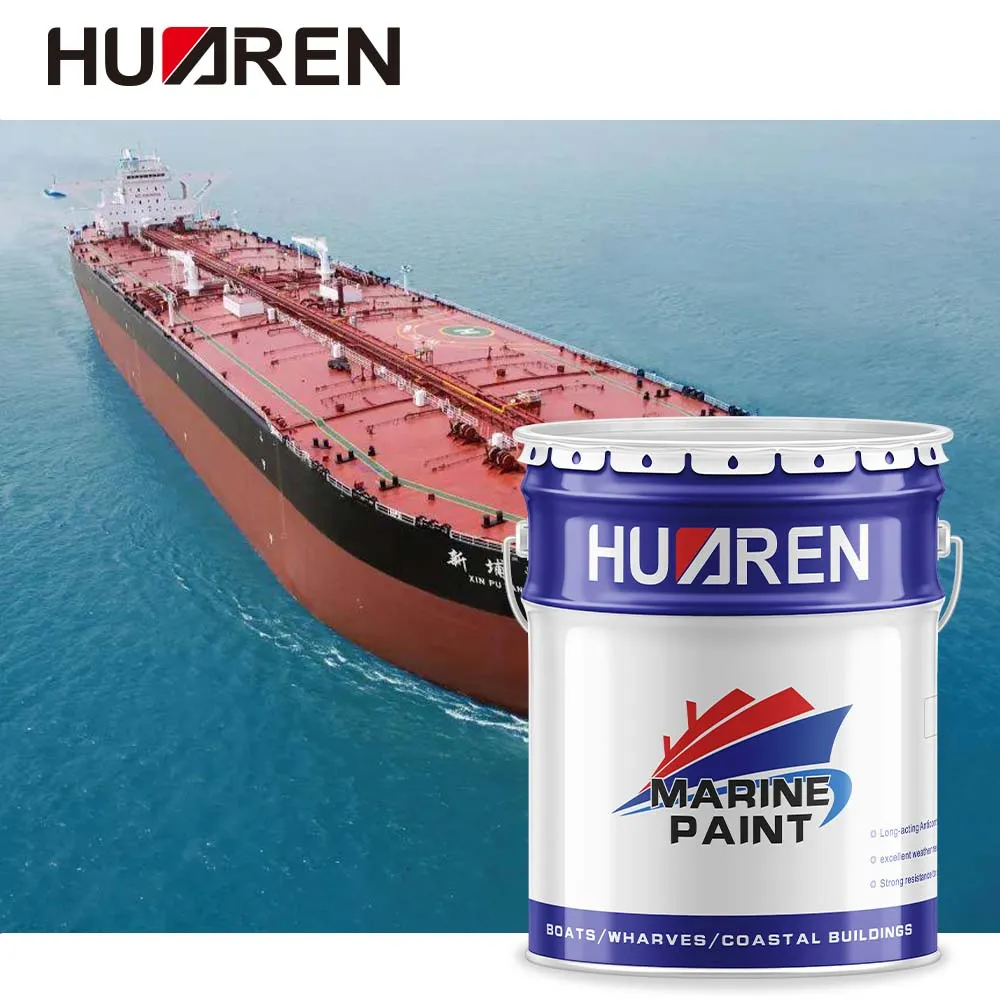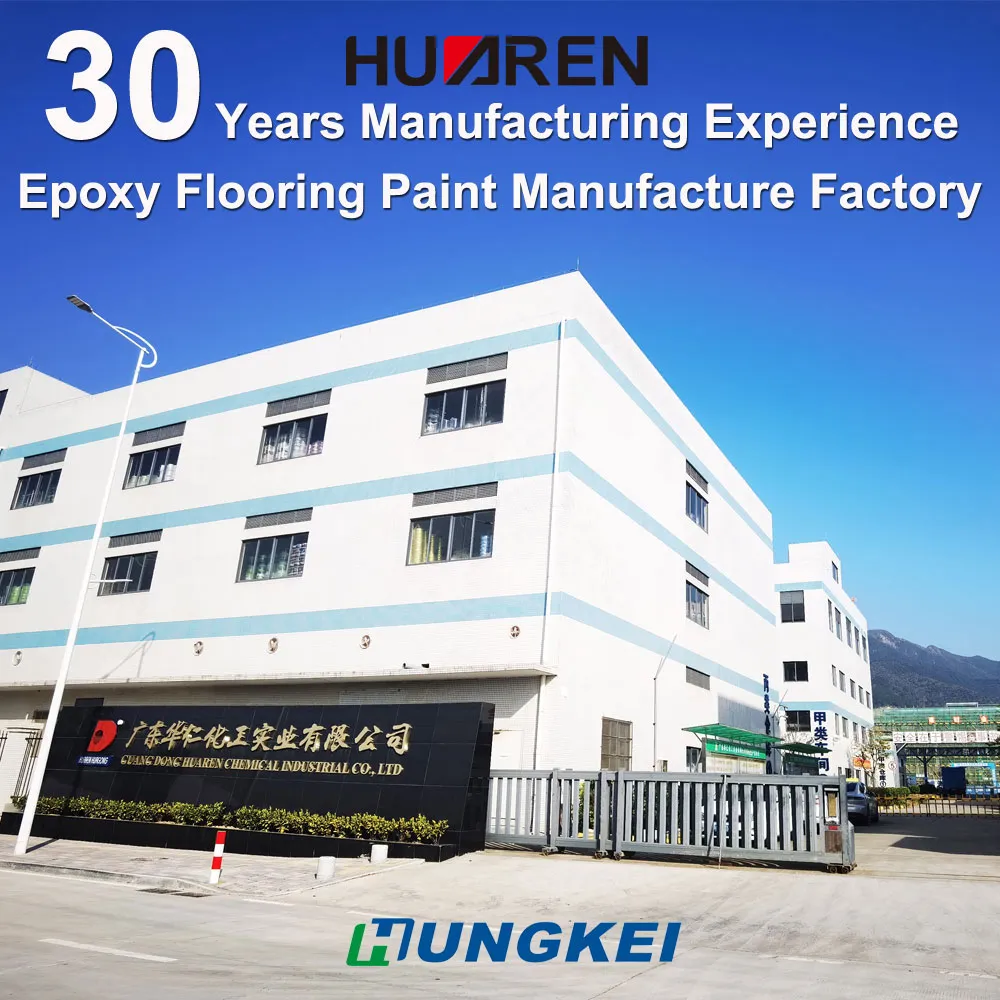Fiberglass boats are a type of ship widely used in the field of modern shipping. They are the preferred material for many ship owners and manufacturers because of their light weight, high strength and good corrosion resistance. Compared with traditional steel or wood hulls, fiberglass hulls have significant advantages in durability and maintainability. However, even though fiberglass boats perform well in corrosion resistance, they still face problems such as marine biofouling, biofilm formation and underwater surface wear in an environment where they are in contact with seawater for a long time. In order to improve hull performance, reduce fuel consumption and extend the service life of the ship, many fiberglass boat owners choose to apply antifouling paint on the surface of the hull.
So, do fiberglass boats need antifouling paint? What effect does antifouling paint have on fiberglass hulls? This article will explore these issues in depth, analyze whether fiberglass hulls are suitable for antifouling paint, and introduce the mechanism and type of antifouling paint and how to choose the right antifouling paint.

Characteristics and anti-fouling issues of fiberglass hulls
Fiberglass Reinforced Plastic (FRP) is a hull made of glass fiber and resin composite materials. Fiberglass hulls have the following outstanding advantages:
● Lightweight: Fiberglass boats are much lighter than steel hulls, which reduces the weight of the hull and is conducive to improving speed and fuel efficiency.
Strong corrosion resistance: The fiberglass material itself has good corrosion resistance, especially in seawater environments. It is not easily corroded by salt water, acids, alkalis, chemicals, etc., which prolongs the service life of the hull.
● Strength and elasticity: The fiberglass hull has both strong tensile strength and good elasticity, and can resist external impact and pressure.
● Easy to maintain: Compared with steel hulls, fiberglass hulls are easier to maintain, the surface is not easy to rust, and it is easy to clean.
Although fiberglass hulls have good corrosion resistance, they are not completely immune to the impact of the marine environment. As the ship sails on the sea, the underwater part of the hull will come into contact with a large amount of seawater, and some marine organisms such as seaweed and shellfish may adhere to the surface of the hull to form a biofilm. Especially in high temperature and low flow waters, the problem of marine organism attachment is more prominent. These attachments will increase the underwater friction of the hull and reduce the speed and fuel efficiency of the ship. At the same time, long-term attachment and accumulation may also cause wear and corrosion on the hull surface, affecting the durability of the hull.
In order to solve these problems, antifouling paint came into being and became an effective means to prevent marine organism attachment. It forms a special coating on the surface of the hull to inhibit or prevent the attachment of organisms, thereby reducing the friction of the ship, improving navigation efficiency, and extending the service life of the hull.

What is the mechanism of action of antifouling paint?
The main function of antifouling paint is to prevent marine organisms from growing and attaching to the surface of the hull. Its mechanism of action can be divided into the following types:
● Physical antifouling: This type of antifouling paint reduces the possibility of marine organism attachment by forming a smooth film layer on the surface of the coating. Because the surface is very smooth, it is difficult for marine organisms to grow and fix on it. This type of coating is usually made of materials such as silicone resin and polyurethane, which prevents the attachment of marine organisms by reducing adhesion and reducing water flow resistance.
● Chemical antifouling: Some antifouling paints prevent marine organisms from attaching by releasing chemicals (such as metal ions such as copper and zinc). This type of antifouling paint can slowly release antifouling ingredients as the ship sails through self-polishing, effectively inhibiting the growth of marine organisms.
● Self-polishing antifouling paint: Self-polishing antifouling paint is a commonly used antifouling paint. Its characteristic is that the coating surface will gradually wear during the voyage of the ship and release effective antifouling ingredients. This type of antifouling paint can not only prevent biological attachment, but also maintain the smoothness of the surface, reduce friction, and improve the fuel efficiency of the ship.
● Hard antifouling paint: Hard antifouling paint forms a hard surface, making it difficult for marine organisms to attach. This type of antifouling paint has a smoother surface and is suitable for high-speed ships or motorboats. The antifouling effect of this type of paint is more durable, but regular maintenance is required to prevent damage to the coating.
Antifouling paint helps ships deal with the problem of marine organism attachment through the above methods, thereby improving the navigation performance and economic benefits of the ship. When considering whether to apply antifouling paint to the fiberglass hull, it is very important to understand the mechanism of action of antifouling paint and its impact on the hull.

Does a fiberglass hull need antifouling paint?
So, does a fiberglass hull really need antifouling paint? The answer is: it depends. Although fiberglass hulls have strong corrosion resistance, antifouling paint is still essential in some cases. Here are a few factors to consider:
1. Navigation environment
Whether a fiberglass hull needs antifouling paint depends first on the water environment where the ship is sailing. If the ship is docked in a port, swamp or near a marine biological breeding area for a long time, the hull may be at risk of a large number of marine organisms attaching. In this case, antifouling paint can effectively prevent the attachment of marine organisms, reduce the underwater friction of the hull, and avoid the formation of biofilms.
If the ship's navigation environment is a clear open sea area and the attachment of marine organisms is relatively light, the demand for antifouling paint may be relatively low. At this time, there is less biological attachment on the hull surface, and the natural corrosion resistance of the fiberglass hull can play a better role.
2. Frequency of ship use
The frequency of ship use is also an important factor in determining whether antifouling paint is needed. If the ship sails frequently and keeps underwater operations for a long time, it is easier for marine organisms to accumulate on the hull surface. At this time, antifouling paint can reduce the frequency of maintenance, improve the fuel efficiency of the ship, and reduce operating costs. On the contrary, if the ship is used less frequently and the docking time is longer, antifouling paint may not bring significant economic benefits.
3. The influence of hull material
The fiberglass hull has better corrosion resistance than hulls made of other materials, but it is not completely immune to corrosion and wear in the marine environment. Although the fiberglass surface has certain oxidation resistance, in an environment where it is in contact with seawater for a long time, the hull surface may still have fine scratches, damage, etc., which are easy to become attachment points for marine organisms. In addition, the surface of the fiberglass hull may become rough over time, resulting in increased adhesion. Therefore, to a certain extent, antifouling paint can play a protective role and delay the aging rate of the hull surface.
4. Specific needs of ship use
Different types of fiberglass boats may have different needs. For example, leisure speedboats, luxury yachts or sports boats have high requirements for appearance and performance. Antifouling paint can not only reduce the attachment of marine organisms, but also maintain the smoothness and beauty of the hull surface. For some commercial fishing vessels or other commercial ships, antifouling paint can help improve the ship's operational efficiency and reduce fuel consumption.

How to choose the right antifouling paint?
If you decide to paint your fiberglass hull with antifouling paint, it is critical to choose the right antifouling paint. Here are some factors to consider when choosing antifouling paint:
1. Choice of antifouling paint type
Choose the right type of antifouling paint according to the ship's use requirements and navigation environment. If the ship is used frequently and requires strong antifouling performance, you can choose self-polishing antifouling paint or hard antifouling paint; if the ship mainly sails in clear waters, you can choose physical antifouling paint. For some ships with special needs, you can also choose environmentally friendly low-toxic antifouling paint.
2. Painting process and maintenance
The effect and durability of antifouling paint are not only related to the quality of the paint, but also closely related to the painting process. Before painting, you need to ensure that the hull surface is clean, dry, and properly surface treated. In addition, maintenance after painting is also very important. Regularly checking the integrity of the coating to ensure that the coating is not damaged can effectively extend the service life of the antifouling paint.
3. Environmental protection and safety
In recent years, environmental protection and safety have become important factors that must be considered when choosing coatings. When choosing antifouling paint, try to choose low-toxic and harmless products, and avoid using coatings containing harmful substances (such as organic tin, lead, mercury, etc.). This not only complies with environmental protection regulations, but also helps to protect the marine ecological environment.
For buyers in need of high-performance coatings and resins, Huaren Chemical Industry Co., Ltd. is the manufacturer of choice. Operating since 1994, we have grown into a leading supplier in China, producing a diverse range of products, including acrylic paints, phenolic coatings, and water-based industrial paints. Our advanced production lines ensure consistent quality and on-time delivery for every order. From steel structures to petrochemical equipment, our coatings meet the highest industry standards. Buyers can enjoy competitive pricing, attractive discounts for large orders, and customized solutions. Contact us today for wholesale options and detailed quotes tailored to your requirements!

